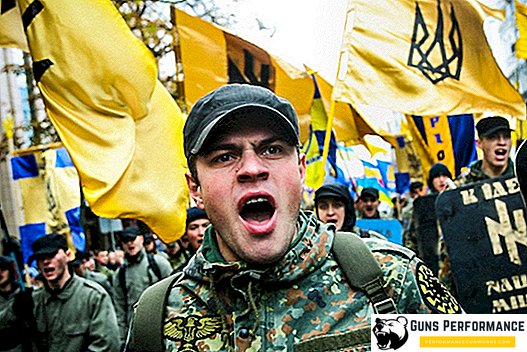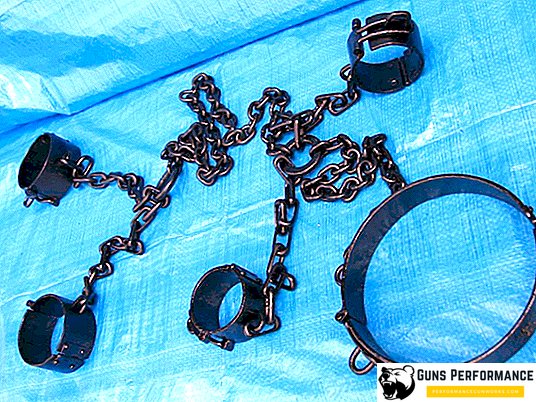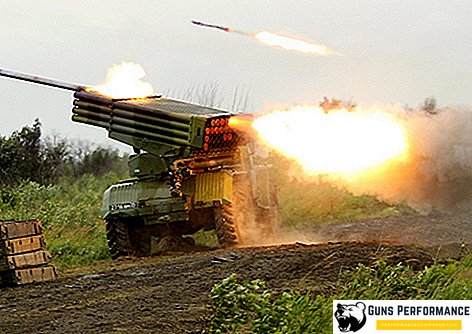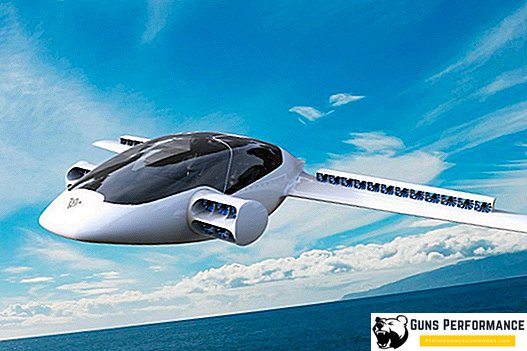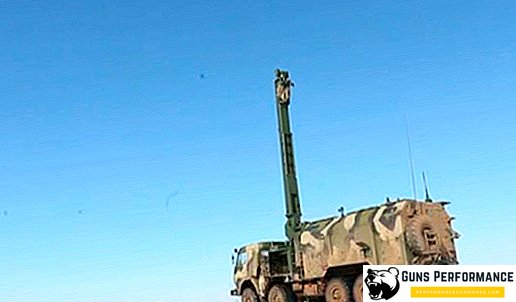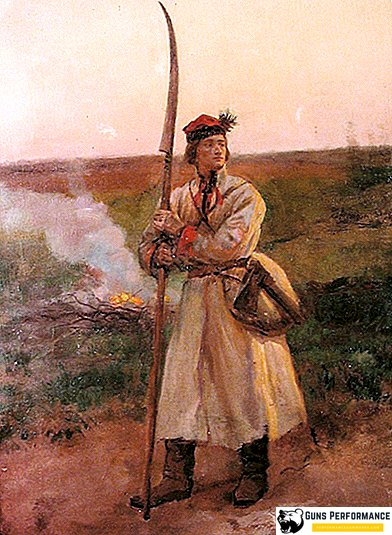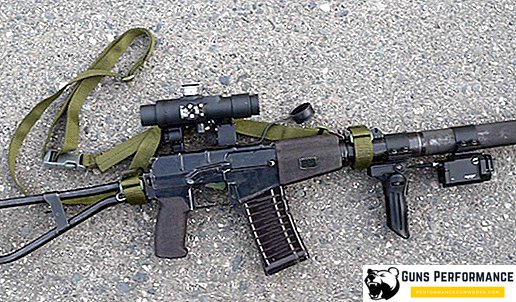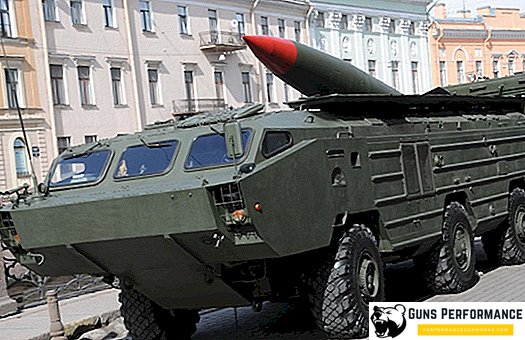In terms of mass production and use during the Second World War, the Degtyarev light machine gun firmly holds the third place, second only to the PPSh-41 and the Mosin rifle. This is explained not only by its mass character, but also by its excellent tactical and technical characteristics.
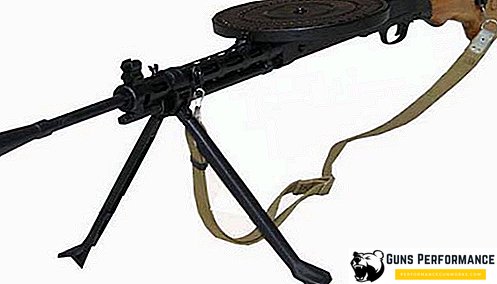
History of the creation of the RPD
After the Civil War, in the conditions of technological blockade, the Soviet state had to create much from scratch. This was especially true of small arms.
Soviet designers were able to overcome these difficulties and create a lot of successful shooting systems. One of them was the machine gun design Vasily Degtyarev.

The first drawings of the new type machine gun Degtyarev began to draw on his own initiative in 1923. Army leaders did not contribute to his innovative work at all. In addition, many at the time believed that light machine guns were a temporary phenomenon, and the future was behind large-caliber and machine-tool systems. The situation changed when the designers Fedorov and Degtyarev personally managed to get an appointment with M. Frunze. They showed him a machine gun and blueprints, after which the commissioner gave the project a green light. Degtyarev light machine gun was subsequently modified in 1926.
The first ten serial samples were produced on November 12, 1927 at the Kovrov plant. And after military tests on December 21, 1927, it was adopted by the Red Army. Degtyarev light machine gun was one of the first samples of small arms created in the USSR. He was massively used as a means of fire support for infantry until the end of World War II.

The DP machine gun, as well as its upgraded version of the PDM at the end of the war, were removed from service, they were widely supplied to USSR-friendly countries. These machine guns were in service until the 1960s. They were used in Vietnam, Korea and other countries.
Design features
Degtyarev's light machine gun is a store-powered devicewith automation basedbased on the removal of gases of gunpowder. The gas engine includes a piston with a sufficiently long stroke, as well as a gas regulator, which is located under the barrel.
The barrel was quick-changeable, it was partially covered by a protective casing, and it was equipped with a removable conical flame arrester. However, the barrel could not withstand a long shooting: it quickly heated up, as it was thin-walled. Therefore, it was necessary to shoot in short bursts (combat rate of fire - up to 80 rounds per minute). At the same time, it was difficult to change the barrel in battle - a special key was needed and protection of the hands against burns.
The barrel was locked with two lugs, which were split apart when the drummer moved forward. The recoil spring, which was under the barrel, overheated with intense fire, lost elasticity. This was one of the significant but few flaws in the machine gun.
The power scheme assumed the use of "plates" - flat disk shops, where cartridges were located around the circumference, by bullets to the center of the disk. This design provided a fairly reliable supply of cartridges, but had drawbacks: a large mass and dimensions of the store, the possibility of damage to the store, inconvenience in loading and transporting.
The capacity of the store was initially 49 cartridges, then 47 cartridges were introduced, but with increased reliability of action.
Application
During the hostilities and exercises, Degtyarev's light machine gun was served by two people: the gunner and his assistant. The second had to carry a box with 3 discs.

Performance characteristics
Characteristics of the machine gun Degtyarev experts call the most successful pre-war design:
- Caliber - 7.62;
- Weight with magazine - 8.4 kg;
- Total length - 1266 mm;
- Magazine capacity - 47 rounds;
- Sighting range - 1500 m;
- Rate of fire - up to 80 shots per minute.

Options machine gun Degtyarev
- Small Bore DP - a prototype of a DP machine gun (caliber 5.6 mm), which was designed in the mid-30s to train soldiers. It was designed by M. Margolin, but it was not put into service.
- DP sample 1938 - a prototype of the Degtyarev system of 7.62 mm caliber and with a design shop of Razorenov and Kubynov for 20 rounds. After the test, the weapons were deposited, and then entered the Museum of the Kirov Plant them. Degtyarev.
- DP with a silencer. During the battle of Moscow in 1941, the troops equipped several DPs with a silencer, but the mass production of this modification was not started.
- PDM Under the leadership of Degtyarev in 1944, work was carried out to improve the DP in order to increase the controllability and reliability of the machine gun. The modification received the designation "Degtyarev modernized infantry." In general, all the technical, tactical and combat characteristics remained the same.
- YES - “Degtyarev Aviation” - was intended for installation on aircraft. The cover was removed from the machine gun, which protected the hands from burns. This improved cooling and reduced the size of the weapon. Butt replaced on two handles, set the 60-cartridge magazine. Machine gun YES entered service in 1928. The paired version of YES-2 saw the light in 1930. They were installed on airplanes TB-3, U-2, R-5. However, they are not widely used, so their photos are rare.



